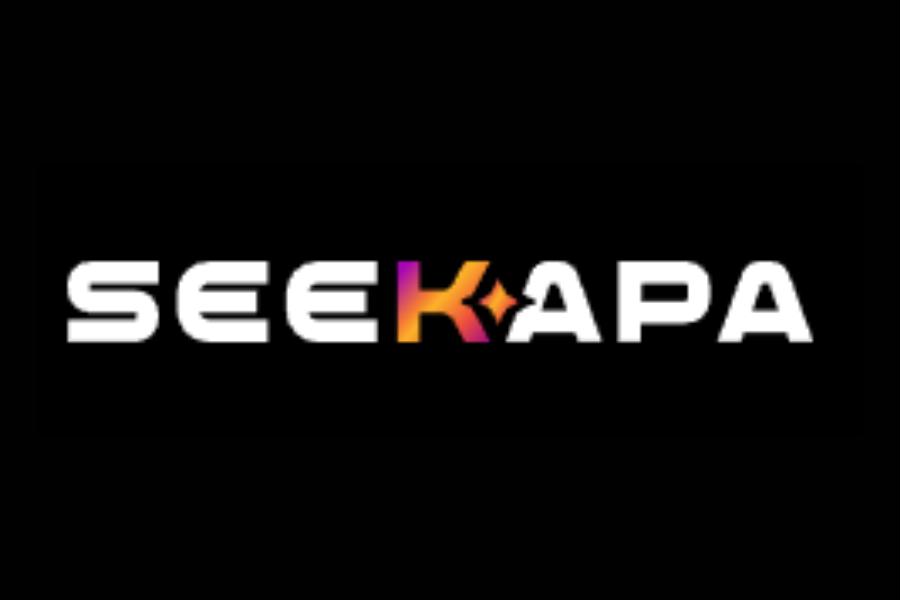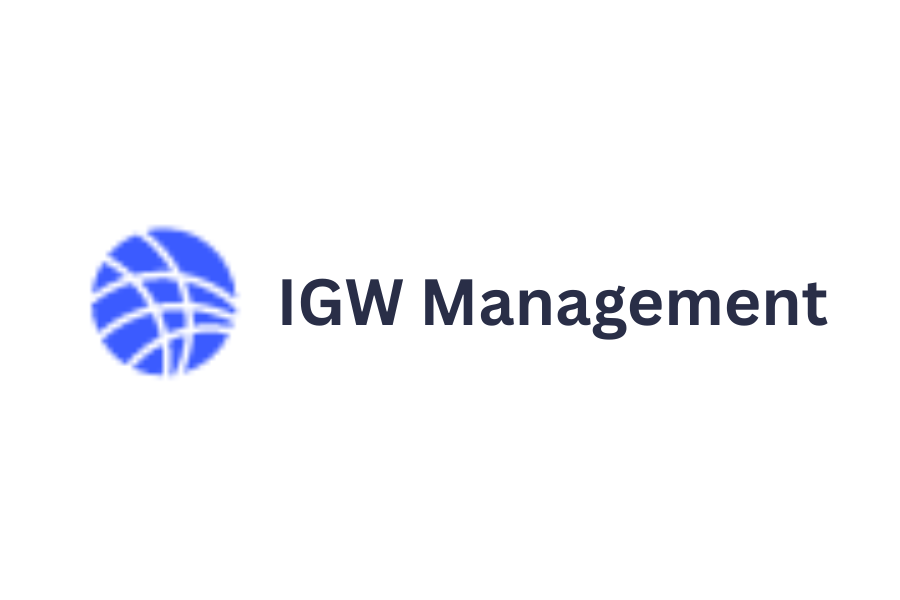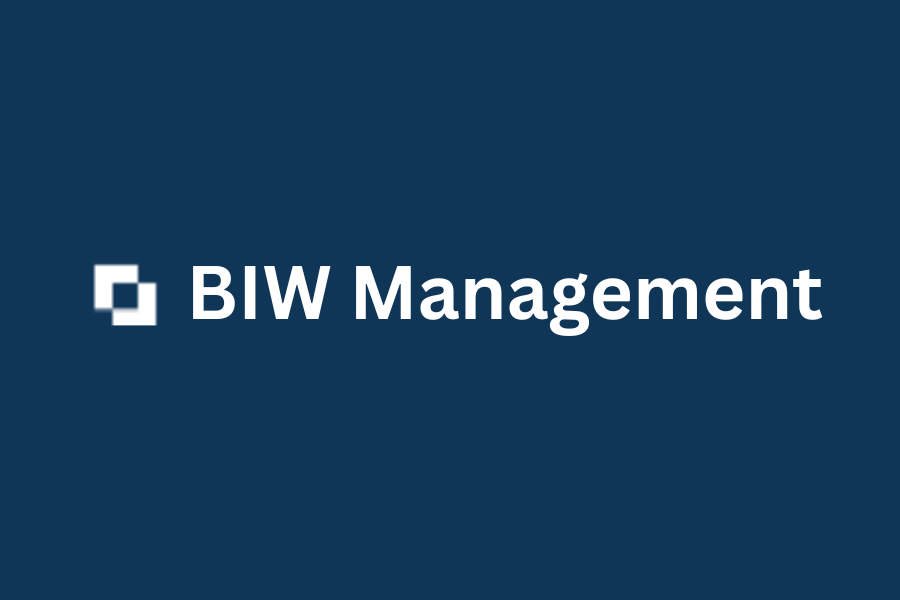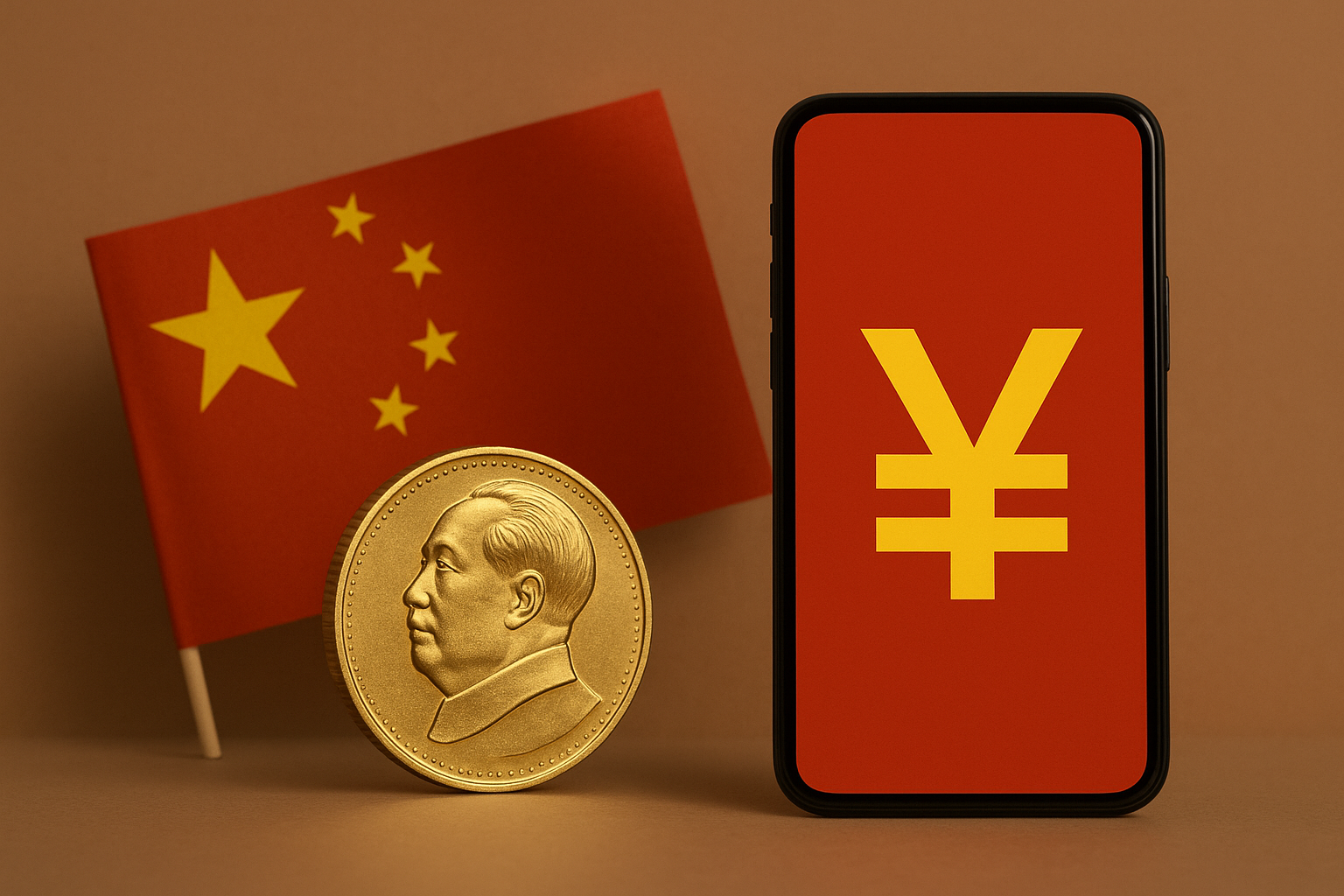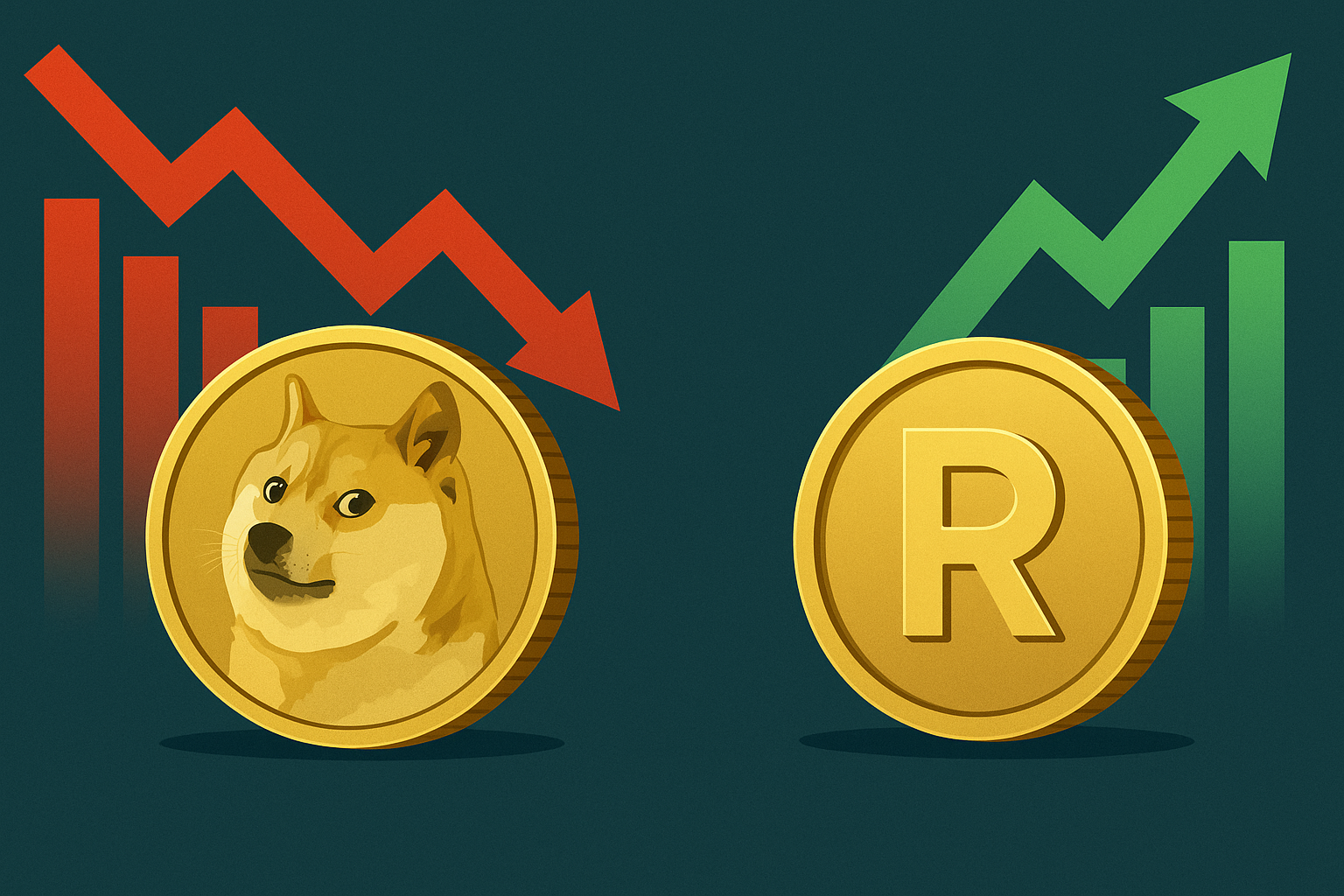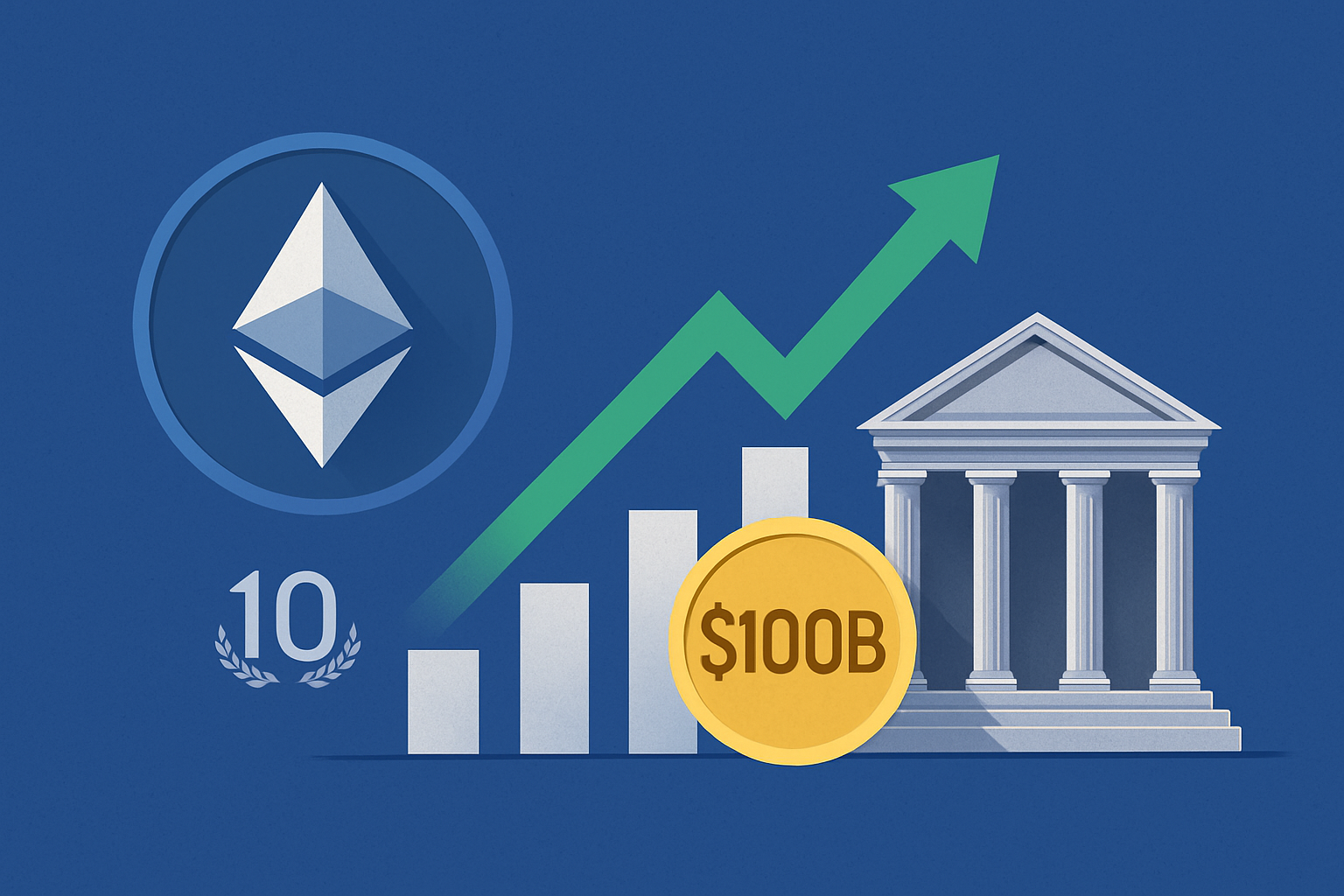Blockchain Technology
Crypto Unlocked: New U.S. Patent Eligibility Guidance For Blockchain Technology

Introduction
The world of blockchain and cryptocurrency is often defined by rapid technological advances and evolving regulatory frameworks. In a notable turn of events, the U.S. has issued progressive signals toward fostering this innovation through two closely linked developments: the newly enacted GENIUS Act governing stablecoins, and shifting patent eligibility criteria recognized by the Patent Trial and Appeal Board (PTAB). Together, these developments mark a powerful shift in how blockchain innovators may approach patents and regulatory positioning.
The GENIUS Act: A Landmark Framework For Stablecoins
On September 3, 2025, the U.S. made a pivotal move by signing into law the Guiding and Establishing National Innovation for U.S. Stablecoins (GENIUS) Act. This legislation provides a clear and robust regulatory framework for stablecoins—digital assets pegged to traditional currencies that offer stability in the volatile cryptocurrency market. More than merely targeting financial regulation, the GENIUS Act is part of a broader strategic push to invigorate U.S. innovation across emerging technologies, including artificial intelligence, quantum computing, and digital currency solutions.
JD Supra
The policy thrust is clear: by legitimizing stablecoins through regulation, the U.S. is not only protecting consumers but also laying the groundwork for an innovation-friendly ecosystem. As regulators delineate rules for issuance, redemption, and supervision, innovators gain the clarity and confidence needed to drive technological evolution forward.
Patent Eligibility Evolves: PTAB Recognizes Blockchain’s Technical Merits
Alongside regulatory clarity, patent eligibility for blockchain-based inventions is showing signs of improved receptivity. The U.S. Patent Trial and Appeal Board (PTAB) has recently acknowledged technical improvements embedded in blockchain innovations—recognizing, for instance, when a blockchain-based method demonstrates genuine technical advancement. This careful distinction from prior abstract idea rejections reflects a nuanced shift in patent examination, one that more accurately captures the inventive steps characteristic of real-world blockchain solutions.
JD Supra
Historically, patenting methods implemented on digital platforms has been difficult. The 2014 Supreme Court decision in Alice Corp. v. CLS Bank International set a high bar, stating that simply executing an abstract idea on a computer does not qualify for patent protection. Instead, inventions must add something significantly more substantial to merit eligibility.
Wikipedia
However, recent PTAB decisions suggest a recalibration of this approach, particularly for blockchain. When blockchain innovations show concrete, technical enhancements—such as improved consensus mechanisms, new transaction validation processes, or specialized security methods—their patent eligibility is assessed more favorably.
Why These Parallel Developments Matter?
The convergence of supportive regulation and enhancing patent clarity marks a noteworthy moment for blockchain innovators. Here’s why these dual shifts matter:
Regulatory Certainty Meets Patent Strategy
With stablecoins now legally recognized and patent eligibility evolving, innovators can build tech-driven solutions with long-term security and strategic IP protection.
Innovation Incentives Aligned
Clear rules and patent flexibility encourage companies to invest in blockchain R&D. Innovators can pursue creative solutions knowing they may be protected and scalable.
Stronger Legal Position in a Dynamic Landscape
As both regulation and patent practice adapt to blockchain, companies can position themselves proactively—aligning with both compliance mandates and IP strategy.
To Guide Strategic Thinkers
Rethinking Patent Strategy in Blockchain Innovations
Blockchain innovators must assess current and future patent strategies in light of evolving patent eligibility. Technical improvements that address known challenges—like consensus inefficiencies, latency concerns, or security vulnerabilities—are increasingly seen by PTAB as more than abstract implementations. Innovators should carefully document and emphasize these improvements in patent applications.
Clarifying Stablecoin Innovation Pathways
With the GENIUS Act in place, stablecoin developers can confidently embark on new paths. The regulatory guardrails bring clarity on what constitutes compliant issuance models, backed by legislative legitimacy. Innovators can now build on stablecoins as a recognized category, rather than risk operating in ambiguous legal territory.
Coordinating IP and Regulatory Compliance
Historically, innovators had to choose between navigating murky regulatory environments and pursuing patent protection. Now, an integrated approach is possible. Companies can design products with both patent strategy and regulatory compliance in mind—a dual focus that enhances credibility and defensibility.
Staying Ahead: Monitoring Trends In Policy And Case Law
Given the dynamic nature of blockchain and crypto regulation, continuous monitoring is essential. As Congress refines legislation and USPTO or PTAB rulings interpret blockchain’s technical applications, innovators must stay informed. Legal strategy should be adaptive, backed by in-depth legal counsel attuned to both regulation and IP developments.
Conclusion
In sum, the simultaneous clarity provided by the GENIUS Act and improved PTAB patent eligibility recognition signals a more fertile environment for blockchain innovation. These developments collectively endorse a future where innovators can create with legal backing and IP protection, shaping crypto technologies that are both compliant and cutting-edge.
For companies or individuals navigating these waters, it is wise to seek specialized legal counsel. A tailored approach ensures that patent claims highlight technical improvements, and stablecoin or blockchain deployments align seamlessly with evolving regulatory expectations.



